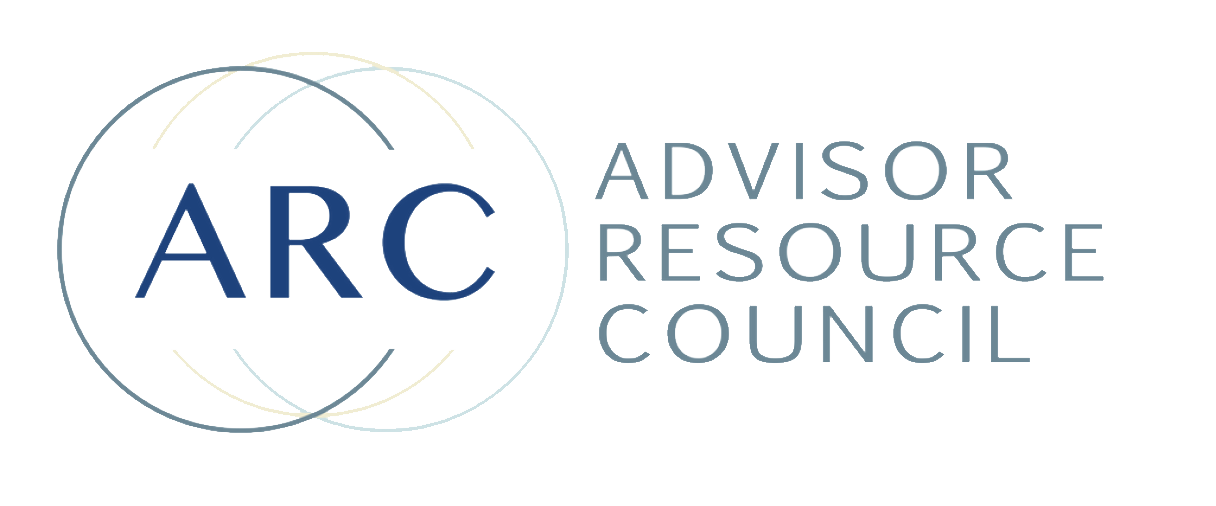ADVISOR INSIGHTS
Explore relevant topics on finance, going independent & more.

Summary: Gen X retirement planning is unlike any other generation’s—shaped by economic downturns, caregiving burdens, and outdated financial assumptions. In this guide, Sam Rodriguez of Foundation Wealth Partners outlines why Gen X is falling behind and what financial advisors can do to help. Discover how to shift the conversation from fear to clarity, build flexible financial futures, and support Gen X clients with planning-centered, emotionally intelligent advice that meets them where they are. Learn why this generation’s late start doesn’t mean it’s too late to retire well.

S ummary: Many financial advisors boast high payout percentages, but what do those numbers really mean? In this article, John Andrews, Director of Business Growth at Advisor Resource Council and former wholesaler, breaks down the hidden costs behind payout structures, the importance of value-driven support, and how independent advisors can take control of their revenue. Discover what truly impacts your bottom line and learn how ARC helps advisors optimize profitability without sacrificing service.

S ummary: The U.S. wealth management industry is bracing for a major talent shortage, with more than one-third of financial advisors expected to retire by 2034. This shift comes as demand for human-centered financial guidance continues to rise—especially among Gen X and Millennial investors. In this blog, ARC CEO Sarah Pais outlines what’s driving the advisor gap, what McKinsey says firms must do to adapt, and how ARC is proactively equipping independent advisors to thrive through it all.

Financial advisors often miss the potential of social media, a powerful tool for client acquisition in a digital-first world. This guide provides actionable steps to build an effective social media presence, including identifying target audiences, creating educational content, and tailoring posts to specific platforms like LinkedIn, Facebook, and Twitter. It emphasizes the importance of consistent posting, engagement strategies, and analytics tracking to optimize content and enhance client relationships. By following these best practices, financial advisors can establish authority, improve client engagement, and grow their practice online.

Dallas, TX—October 9, 2024— Advisor Resource Council (ARC) is proud to announce its recognition as one of Forbes' Top Registered Investment Advisor (RIA) Firms for 2024 . This esteemed accolade, also awarded in 2023, underscores ARC's unwavering commitment to excellence in providing exceptional resources and support to independent financial advisors. Since its inception in 2012, ARC has been dedicated to empowering entrepreneurial-spirited advisors, fostering a collaborative network that emphasizes flexibility, transparency, and fiduciary responsibility. This recognition by Forbes is a testament to the hard work and dedication of our team and the trust placed in us by our valued advisors and their clients. "We are deeply appreciative to be recognized by Forbes as a Top RIA Firm," said Sarah Pais, CEO at Advisor Resource Council. "This accolade reflects our ongoing commitment to providing independent advisors with the tools and resources they need to succeed. We are grateful for the trust our advisors place in us and remain dedicated to supporting their growth and success." Advisor Resource Council continues to focus on delivering comprehensive support, including asset management , succession planning, marketing , operations , compliance , and technology solutions. This all-encompassing approach ensures that advisors can concentrate on serving their clients effectively while leveraging ARC's extensive resources and expertise. For more information about Advisor Resource Council and its services, please visit www.advisorresourcecouncil.com . About Advisor Resource Council Founded in 2012, Advisor Resource Council is an independent registered investment advisor committed to empowering independent financial advisors through exceptional resources, collaborative wisdom, and flexible business models. With a network of over 80 elite advisors and more than $3 billion in Assets Under Advisement (AUA), ARC provides the support and infrastructure necessary for advisors to thrive in their careers.



